
This article was originally published in Honolulu Civil Beat.
Just three days before the start of school, Relinda Nakasone picked up her children’s classroom supply list from Lunalilo Elementary and searched the emptying shelves of Fisher Hawaiʻi for erasers, markers and more. Nakasone had waited until her husband got paid to start in on the list for their two children, but the $200 total price tag would be a financial burden for the family.
Nakasone planned to buy as many items as possible, but said she might have to hold off on some until her husband gets paid again. In particular, she said, the prices of hand sanitizer and paper towels seemed to have increased over last year.
Get stories like this delivered straight to your inbox. Sign up for The 74 Newsletter
“Whatever we’re short on, then hopefully they can cover,” Nakasone said, adding the school often provides students with supplies their families can’t afford. “If not, then they’re just going to have to wait until dad gets paid again.”
Most of Hawaiʻi’s public elementary schools send supply lists to families near the end of summer, requesting students bring staples like backpacks and pencils on the first day of class. But some parents say the pressure of buying everything on those lists is financially draining, especially when they’re expected to contribute communal supplies, like boxes of tissues or reams of paper, and more specialized items like watercolors and recorders for music class.
Hawaiʻi schools are not supposed to require students to buy things in exchange for a grade or extra credit, according to a Department of Education memo issued to principals over the summer. But the guidance is vague, schools don’t always communicate this to families and Hawaiʻi has no policies specifying what principals can and cannot request in supply lists, leaving parents feeling pressured to spend big at start of the year.
While campuses serving low-income families tend to keep their supply requests short or do away with the lists altogether, families may find themselves spending more than $150 on supplies at schools in wealthier communities.
When families can’t afford school supplies, it often falls to teachers or principals to fundraise or use their own money to backfill.
In California, the state constitution and educational code crack down on lengthy supply requests from districts, specifying that schools must provide a free public education and can’t require families to purchase supplies. The Hawaiʻi Constitution lacks the same protections for students, and recent state efforts to provide schools with more funds for supplies have fizzled.
“It’s stressful financially and emotionally,” Nakasone said. “But then it’s something that we’ve got to do.”
A Range Of Requests
In his strongly worded June 20 memo to principals prohibiting schools from asking students to purchase items in exchange for grades, Superintendent Keith Hayashi made it clear that doing so is unfair to poorer families: “This action can be construed as unequal treatment of students who cannot otherwise afford to bring in certain items or participate fully in these activities due to a lack of finances,” he wrote.
Yet because the memo stayed silent on requiring families to furnish school supplies, principals have discretion in how to handle their lists, leading to wide variation among schools.
At Kamaile Academy in Waiʻanae, Principal Paul Kepka cut down his school supply list so families don’t have to spend more than $25 this year. Purchasing supplies can be a financial challenge for families, he said, especially if they have more than one child attending the charter school.
The school has received donations of backpacks and pencils, Kepka said, and he set aside money in his budget this year to cover hand soap, paper towels and other sanitary supplies that parents often purchase for classrooms elsewhere. While Kepka wants families to bring in whatever they can afford from the school’s shortened list, his main focus is making sure kids have strong attendance records this year.
“The number one thing I need from families is their support to get their kids to school,” Kepka said.
Miriam Webb, a parent of two students at Lincoln Elementary, said the supply list still feels like an expectation, not a suggestion or donation request from the school. While she doesn’t mind contributing classroom supplies, the price of some items — like a $25 backpack from Walmart — came as a surprise this year.
At Kaʻiulani Elementary, Principal Bebi Davis said she tries to keep her supply list minimal, especially since the school receives donations from local businesses and community organizations to support low-income families. While she wants families to pitch in however they can, Davis said she reminds parents that they don’t need to purchase everything from the list if they can’t afford it.
“If they show up with nothing on the first day of school, we will provide it,” Davis said.
But supply lists at other schools — often located in more affluent communities — are more extensive. For example, Kāhala Elementary’s suggested fifth grade list includes nearly 40 items, ranging from a set of 12 oil pastel crayons to two types of Sharpie pens. At Walmart, that list would cost families roughly $190, according to TeacherLists, which runs school supply requests through retailers such as Target and Amazon to estimate their cost.
Catherine Payne, a former Board of Education chair and longtime principal at Farrington High School, said principals are typically attuned to their communities’ needs and will work with families to provide for their children if supplies are too expensive. But principals could use additional guidance from district or state leaders, she said, particularly about finding alternative ways to purchase supplies and communicating their expectations around supply lists.
A Policy Question
At ʻIlima Intermediate, teacher Sarah Milianta-Laffin estimates that a quarter of her students start the year without all of their supplies. While the school stockpiles folders and pencils to fill the gap, Milianta-Laffin said, she’s also solicited donations or used her own money to purchase supplies to help parents who are struggling financially.
Teachers at low-income schools seem to spend more of their own money on supplies, Milianta-Laffin said, especially if parents aren’t able to donate items or fundraise to cover classroom expenses. A teachers’ union survey from 2023 found that Hawaiʻi educators spent an average of $953 of their own money on school supplies.
“The need outweighs the supply in terms of what our kids are facing in our public schools,” Milianta-Laffin said.
In recent years, lawmakers have introduced several proposals to reduce the cost of supplies for teachers and families, but most efforts to provide free supplies to students have stalled.
In 2022, the state set aside roughly $800,000 to fund supplies at 20 low-income schools. The one-year pilot reduced families’ financial burden and improved students’ sense of belonging in schools, according to a report the DOE submitted to the Legislature at the end of the initiative. Two principals reported that families transferred to their school when they heard supplies would be free.
Kepka, whose school participated in the pilot program, said Kamaile Academy used the extra funds to purchase supplies in bulk throughout the year. Having the extra support allowed kids to simply focus on their academics instead of worrying about necessities, he said.
But the pilot never became a permanent program. Rep. Justin Woodson introduced a proposal in 2023 to extend it to 2025, but the bill didn’t pass and was never reintroduced.
Woodson said he’s not sure why lawmakers never reconsidered the pilot, especially since it received such positive reviews from families and the education department. Moving forward, Woodson said he would support providing low-income families with free school supplies, but funding could be difficult as Hawaiʻi faces cuts to its federal dollars.
Even in California, districts’ compliance with the provisions of the education code and the constitution likely varies throughout the state, said Julie Marsh, a professor of education at the University of Southern California. It’s not always clear to parents that supply lists are optional, she said.
The state has cracked down on lengthy supply lists for parents. Last year, a Marin County grand jury urged schools to stop sending out the lists, arguing that it violated students’ access to free education protected by the California Constitution and pressured parents into making expensive purchases.
“Having a state policy on the books that says this speaks volumes about what’s important, what we mean by free education,” Marsh said. “There’s a lot of other elements that go into learning, and we want to ensure that all students have equal access.”
In Michigan, the state Supreme Court ruled that schools cannot require families to purchase their own supplies, since that state’s constitution also protects students’ access to a free education.
Unlike other states, the Hawaiʻi Constitution does not specify the right to free public education. While the Hawaiʻi Board of Education could create a policy similar to California requiring schools to provide free supplies to students, it would be difficult for schools to follow this mandate without extra funding from the Legislature, said Board of Education Chair Roy Takumi.
Schools currently have no extra pot of money to buy supplies for their students, Takumi said, although he supports using state dollars to help low-income families afford supplies.
Milianta-Laffin, the teacher at ʻIlima Intermediate, said it should ultimately fall on the state to provide schools with enough funds to cover supplies, rather than shifting the responsibility to teachers or families.
“It is an economic justice issue,” she said. “You see economic anxiety in the families, you see economic anxiety in the schools.”

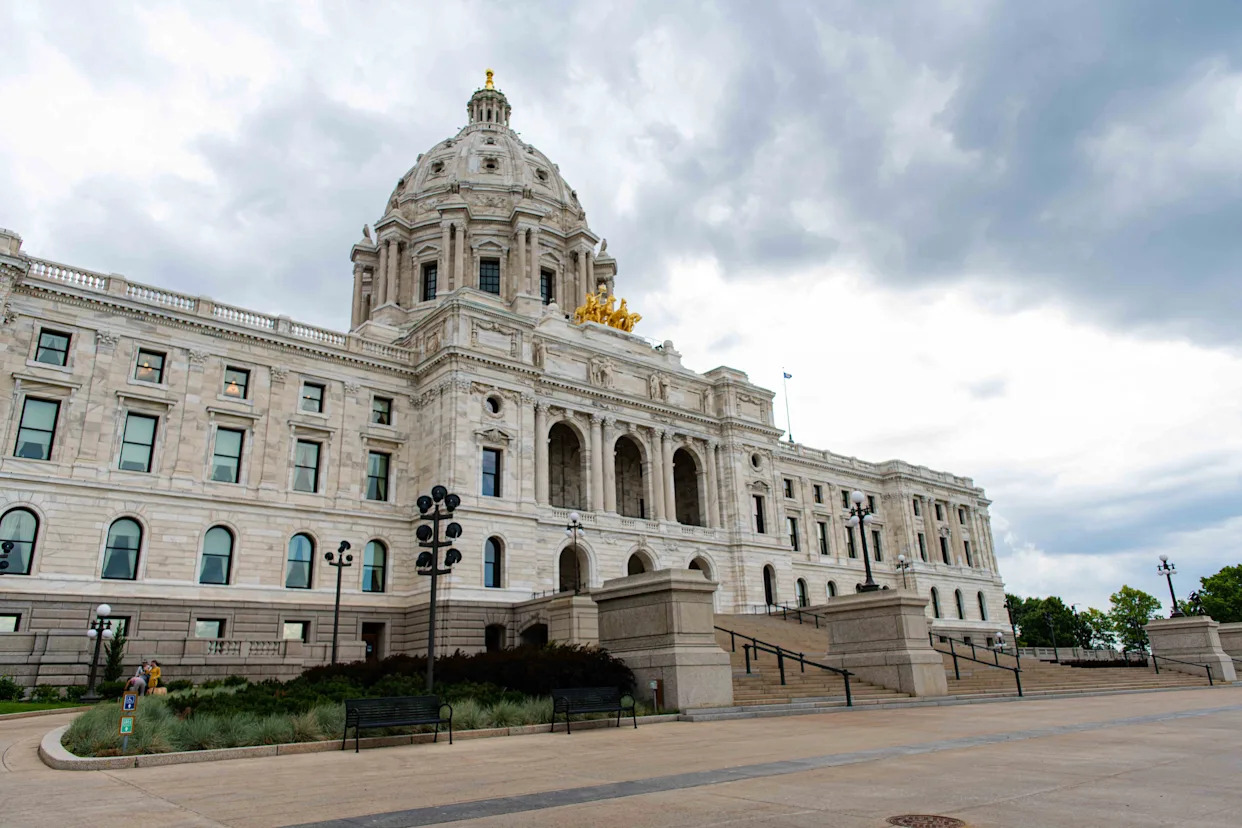

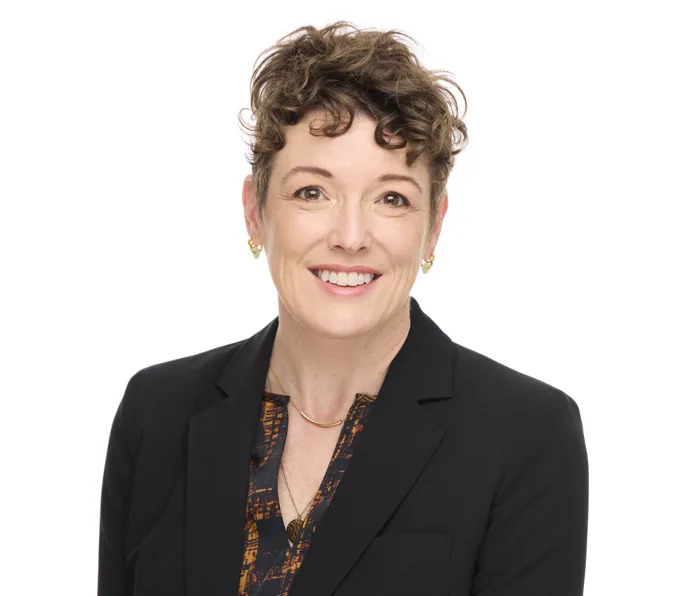
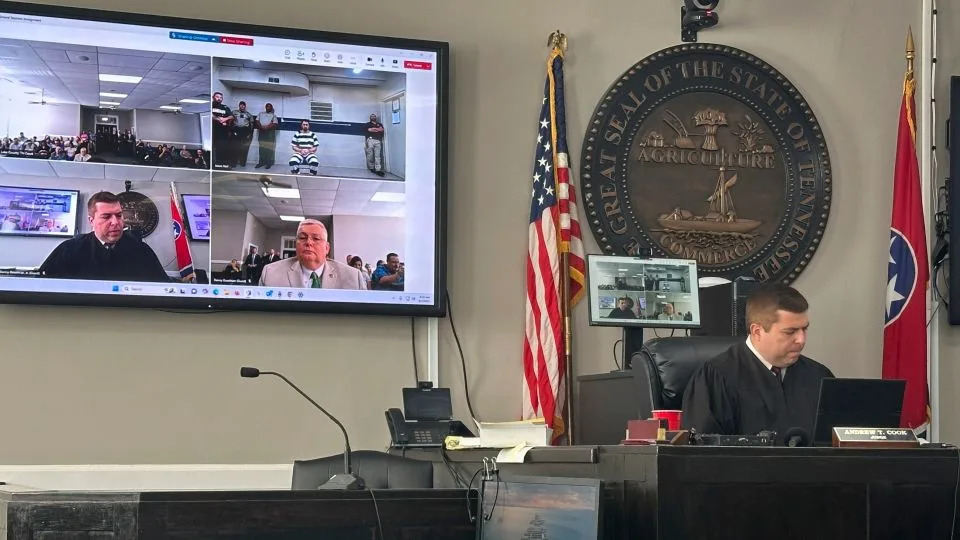
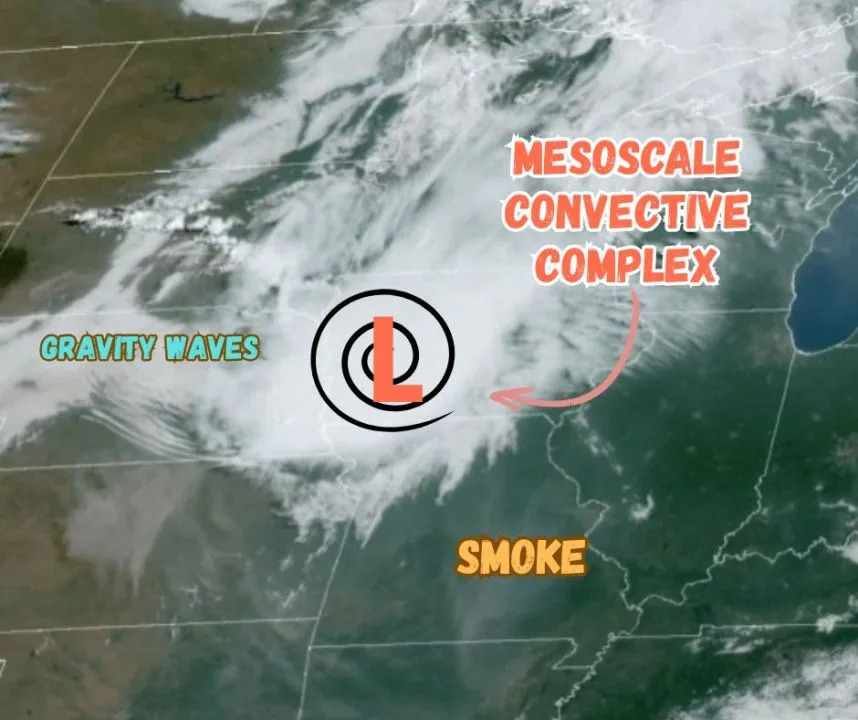

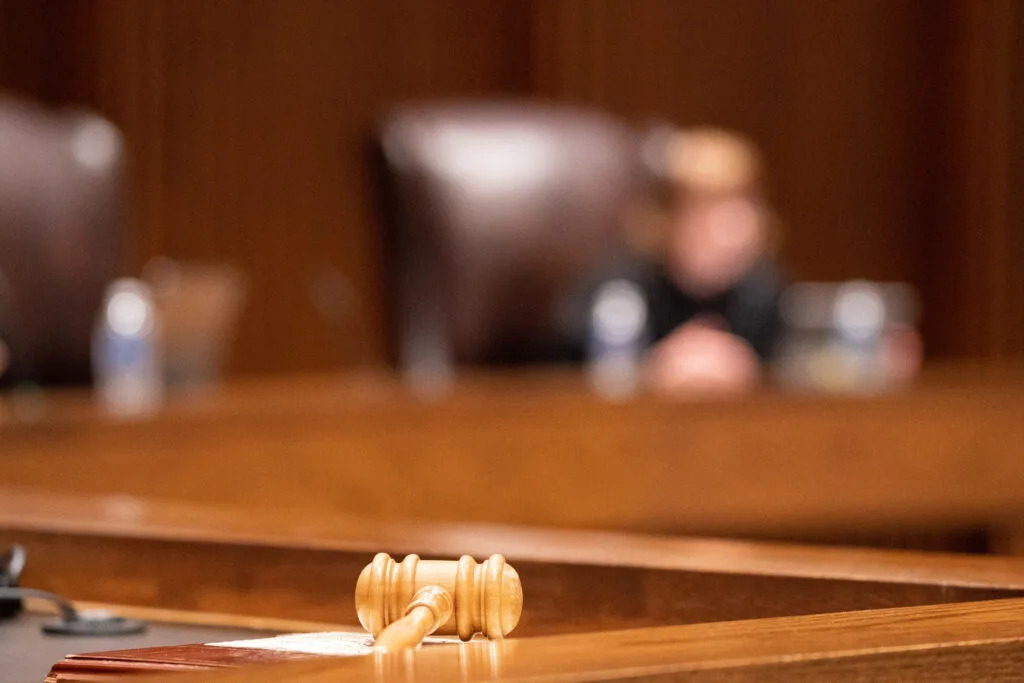
Comments